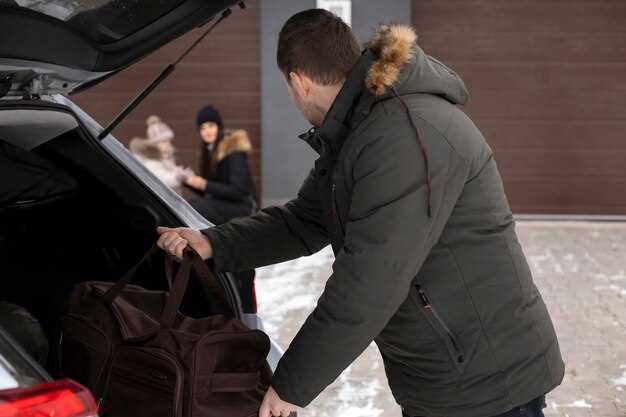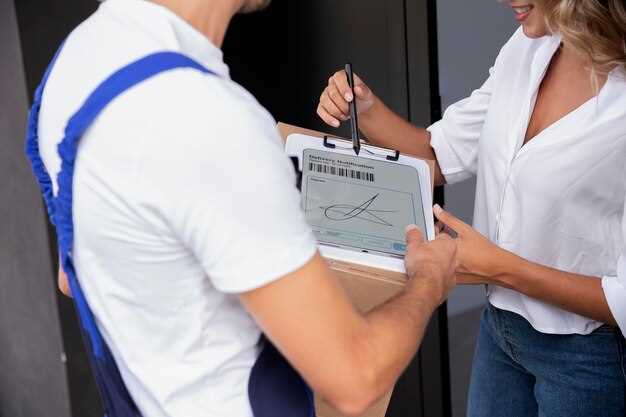
The allure of personalized license plates lies in their ability to reflect individual identities and personal stories. As car owners seek to customize their vehicles, understanding the timeframe for receiving these custom plates is crucial. Different jurisdictions have varying processes that can affect delivery times, ranging from application submission to the actual issuance of the plates.
When a vehicle owner decides to apply for a custom license plate, the process typically begins with the selection of an available design and wording. This initial step can take anywhere from a few minutes to several days, depending on how quickly the applicant can finalize their choice. Once the application is submitted, the regulatory body must review it, which often involves checking for availability and compliance with local regulations.
The next phase involves processing the application, which varies significantly by state or region. Some areas may offer expedited services for a fee, while others adhere to standard processing times, which can last from a few weeks to several months. Applicants need to be aware of these differences to set realistic expectations regarding when their personalized plates will arrive.
Additionally, factors such as peak application seasons and administrative backlogs can further influence the timeframe. Understanding these dynamics will help prospective buyers navigate the custom license plate process more effectively and enjoy their unique vehicle identifier sooner.
Average Processing Times for Custom Plate Applications

The average processing time for custom license plate applications can vary significantly based on several factors, including the jurisdiction, the volume of applications being processed, and the complexity of the requested design. Generally, applicants can expect a timeframe ranging from a few weeks to several months.
In most states, the initial processing of a custom plate application takes about 4 to 6 weeks. During this period, the application is reviewed for compliance with regulations and the appropriateness of the chosen plate design. If the requested plate message is deemed unacceptable or already taken, the applicant will receive a notification to select an alternative.
Once the application is approved, the production phase begins. This phase can typically require an additional 2 to 4 weeks, depending on the manufacturer’s workload and the specific materials utilized for the plates. Factors such as high demand seasons or special events may further delay this step.
It is advisable for applicants to check with their local Department of Motor Vehicles (DMV) or equivalent authority for specific processing times, as these can fluctuate. Additionally, applicants may explore expedited services where available; however, such options often come with additional fees and limited availability.
Overall, while it is crucial to account for the average processing times, applicants should plan accordingly and submit their applications well in advance of any anticipated deadlines or events to ensure timely receipt of their custom plates.
Factors Influencing License Plate Approval Durations
The duration for receiving approval for custom license plates can vary significantly based on several key factors. Understanding these influences can help applicants set realistic expectations during the process.
1. State Regulations: Each state has its own set of rules governing the approval of custom license plates. Some jurisdictions have stringent requirements regarding the content and design of the plates, which can lead to longer review times. Familiarity with your state’s specific regulations can provide insights into potential waiting periods.
2. Application Volume: The number of applications submitted at any given time can impact approval durations. During peak times, such as holidays or local events, state departments may experience a surge in requests, leading to backlogs. Applicants should consider timing their requests during less busy periods to expedite the process.
3. Content Review: Custom plates containing specific phrases or symbols may undergo additional scrutiny to ensure they comply with decency standards and do not cause offense. If an application contains potentially controversial terms, it may take longer for the review team to make a decision.
4. Completeness of Application: Submitting a complete and accurate application significantly reduces approval time. Missing information or errors can trigger delays, as additional correspondence may be needed to clarify details. Ensuring all required fields are filled out correctly can facilitate a smoother approval process.
5. Payment Processing: Delays in payment for the custom plate can also contribute to longer approval times. Ensuring that payment is completed promptly and correctly is crucial for moving the application through the necessary channels.
6. Changes in Department Policies: Occasionally, state departments may modify their policies or processing systems, leading to temporary disruptions. Staying informed about any recent changes can help applicants prepare for potential delays.
In conclusion, understanding these factors can assist applicants in navigating the custom license plate approval process more effectively. By being proactive, informed, and thorough, applicants can minimize waiting times and enhance their chances of timely approval.
Steps to Expedite the Custom Plate Registration Process

To speed up the process of registering custom license plates, start by thoroughly researching the specific requirements in your state. Ensure you understand the criteria for acceptable phrases, characters, and any restrictions that may apply.
Next, prepare all necessary documentation ahead of time. This may include proof of vehicle ownership, identification, and any forms required by your local Department of Motor Vehicles (DMV). Having these materials ready can save time during the application process.
Consider using online services offered by your DMV, as many states allow for digital applications. This can significantly reduce waiting times compared to traditional mail or in-person visits. If available, opt for online payment methods to streamline the transaction process.
Double-check your custom plate design before submission. Ensure the spelling is accurate and adheres to your state’s guidelines. Any errors may lead to delays or rejections, prolonging the wait for your plate.
Stay informed about current processing times by visiting your state’s DMV website. This will help you set realistic expectations and plan accordingly. If possible, reach out to the DMV for any updates or to confirm that your application has been received.
If your custom plate requires a longer approval process due to specialized designs or unique requests, be proactive in following up after submission. A quick call to the DMV can provide clarity on your application’s status and highlight any potential issues.
Lastly, consider utilizing expedited services if offered by your DMV. For an additional fee, these services can significantly shorten the time it takes to process your order, ensuring you receive your custom plates in a timely manner.
